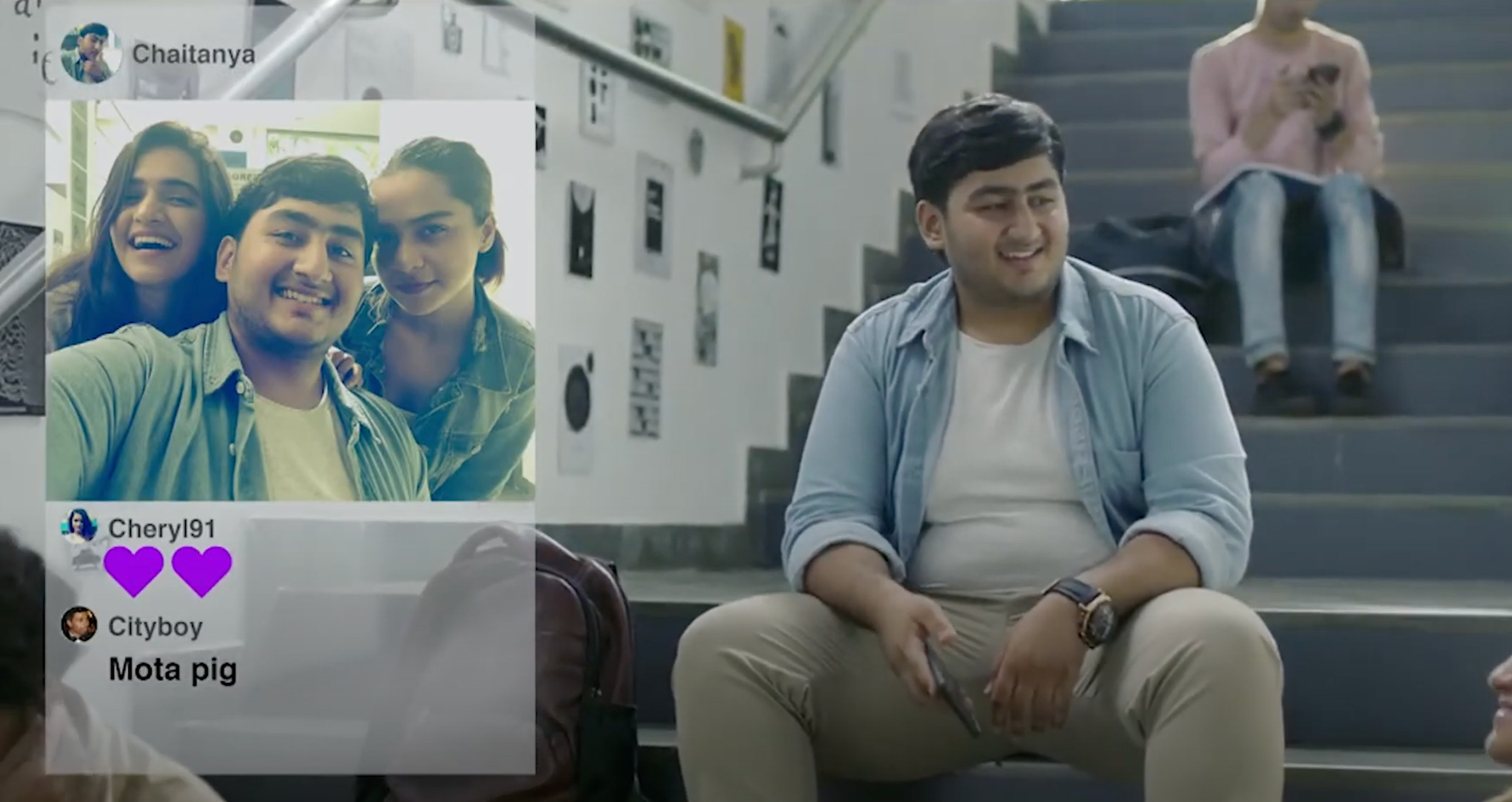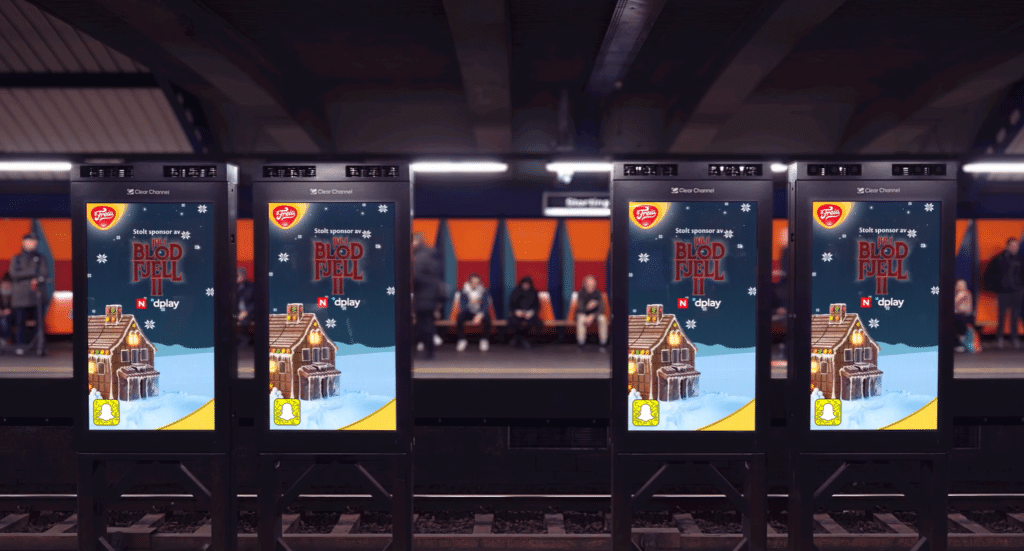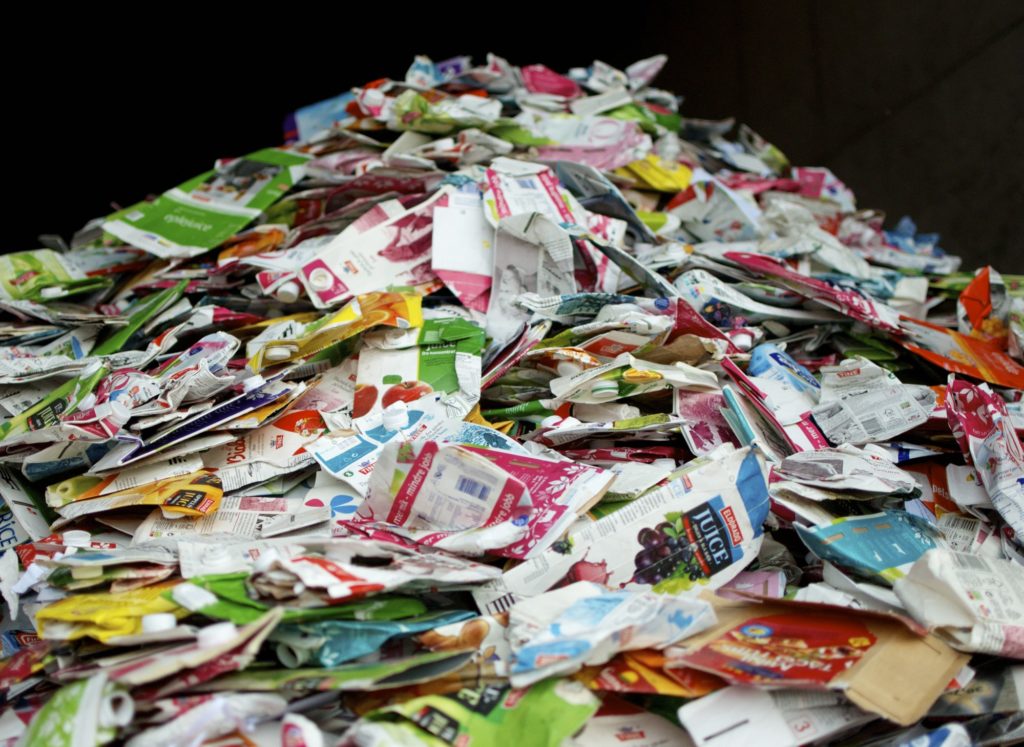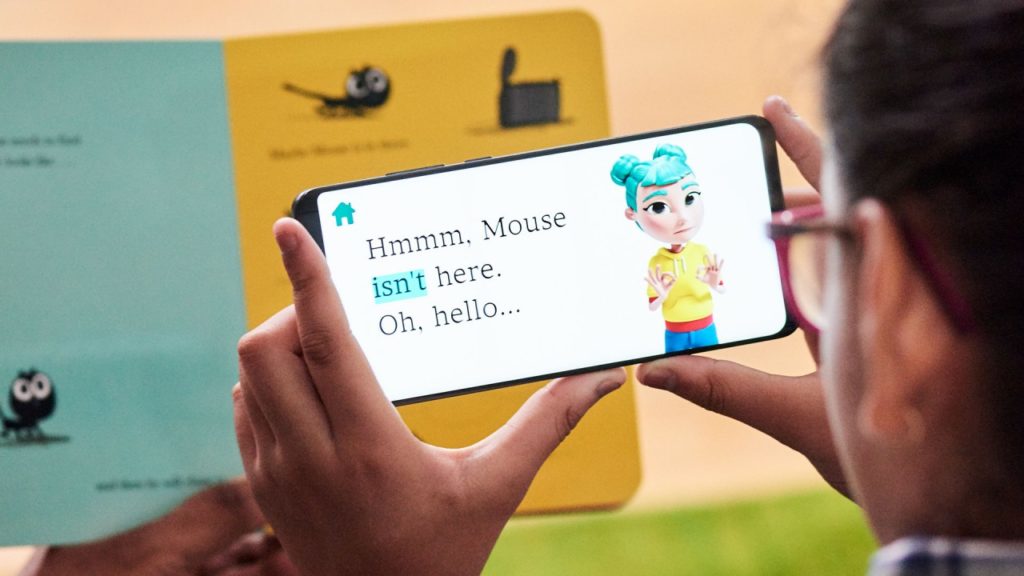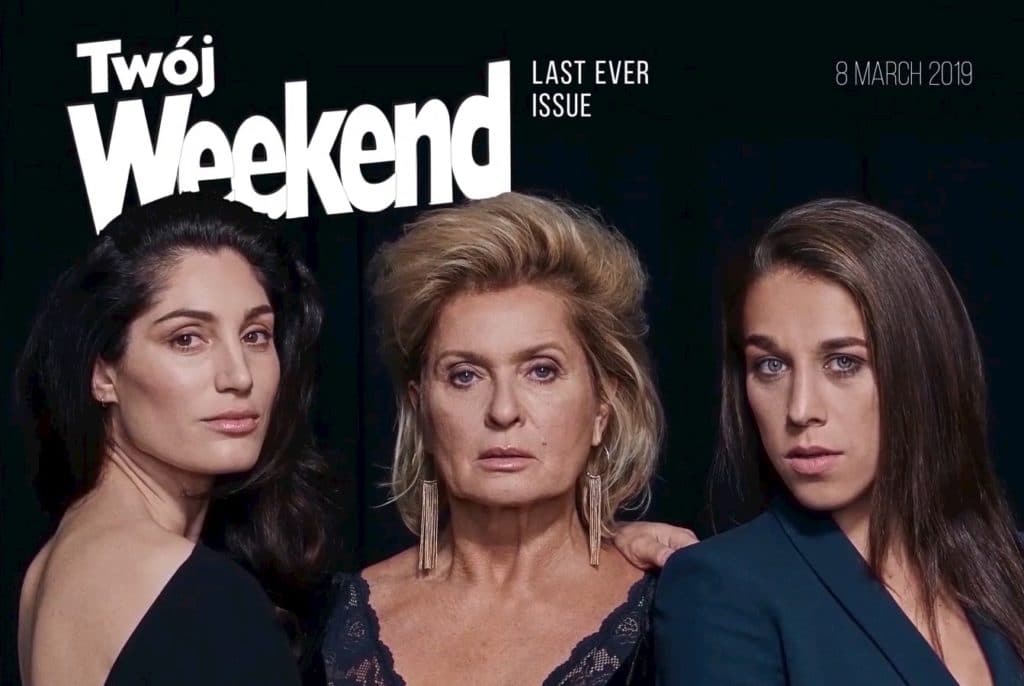- WP_Site Object
(
[blog_id] => 1
[domain] => wavemakerglobal.com
[path] => /
[site_id] => 1
[registered] => 2020-08-06 14:24:29
[last_updated] => 2025-09-09 14:45:25
[public] => 1
[archived] => 0
[mature] => 0
[spam] => 0
[deleted] => 0
[lang_id] => 0
[blogname] => Wavemaker Global
[siteurl] => https://wavemakerglobal.com
[post_count] => 408
[home] => https://wavemakerglobal.com
)
- Wavemaker Global WP_Site Object ( [blog_id] => 2 [domain] => wavemakerglobal.com [path] => /uk/ [site_id] => 1 [registered] => 2020-08-06 13:28:23 [last_updated] => 2025-07-24 11:51:31 [public] => 1 [archived] => 0 [mature] => 0 [spam] => 0 [deleted] => 0 [lang_id] => 0 [blogname] => Wavemaker UK [siteurl] => https://wavemakerglobal.com/uk [post_count] => 227 [home] => https://wavemakerglobal.com/uk )
- Wavemaker UK WP_Site Object ( [blog_id] => 3 [domain] => wavemakerglobal.com [path] => /dk/ [site_id] => 1 [registered] => 2020-09-03 09:23:55 [last_updated] => 2025-04-14 09:17:47 [public] => 1 [archived] => 0 [mature] => 0 [spam] => 0 [deleted] => 0 [lang_id] => 0 [blogname] => Wavemaker Denmark [siteurl] => https://wavemakerglobal.com/dk [post_count] => 59 [home] => https://wavemakerglobal.com/dk )
- Wavemaker Denmark WP_Site Object ( [blog_id] => 4 [domain] => wavemakerglobal.com [path] => /de/ [site_id] => 1 [registered] => 2020-09-15 10:15:21 [last_updated] => 2025-05-20 08:45:40 [public] => 1 [archived] => 0 [mature] => 0 [spam] => 0 [deleted] => 0 [lang_id] => 0 [blogname] => Wavemaker Germany [siteurl] => https://wavemakerglobal.com/de [post_count] => 58 [home] => https://wavemakerglobal.com/de )
- Wavemaker Germany WP_Site Object ( [blog_id] => 10 [domain] => wavemakerglobal.com [path] => /ro/ [site_id] => 1 [registered] => 2020-09-22 15:08:33 [last_updated] => 2025-03-19 11:04:19 [public] => 1 [archived] => 0 [mature] => 0 [spam] => 0 [deleted] => 0 [lang_id] => 0 [blogname] => Wavemaker Romania [siteurl] => https://wavemakerglobal.com/ro [post_count] => 29 [home] => https://wavemakerglobal.com/ro )
- Wavemaker Romania WP_Site Object ( [blog_id] => 11 [domain] => wavemakerglobal.com [path] => /lk/ [site_id] => 1 [registered] => 2020-09-22 15:10:19 [last_updated] => 2024-07-16 14:57:38 [public] => 0 [archived] => 0 [mature] => 0 [spam] => 0 [deleted] => 0 [lang_id] => 0 [blogname] => Wavemaker Sri Lanka [siteurl] => https://wavemakerglobal.com/lk [post_count] => 248 [home] => https://wavemakerglobal.com/lk )
- Wavemaker Sri Lanka WP_Site Object ( [blog_id] => 12 [domain] => wavemakerglobal.com [path] => /es/ [site_id] => 1 [registered] => 2020-09-23 08:25:18 [last_updated] => 2024-10-23 09:46:23 [public] => 1 [archived] => 0 [mature] => 0 [spam] => 0 [deleted] => 0 [lang_id] => 0 [blogname] => Wavemaker Spain [siteurl] => https://wavemakerglobal.com/es [post_count] => 157 [home] => https://wavemakerglobal.com/es )
- Wavemaker Spain WP_Site Object ( [blog_id] => 13 [domain] => wavemakerglobal.com [path] => /at/ [site_id] => 1 [registered] => 2020-09-23 08:29:32 [last_updated] => 2025-03-12 09:37:40 [public] => 1 [archived] => 0 [mature] => 0 [spam] => 0 [deleted] => 0 [lang_id] => 0 [blogname] => Wavemaker Austria [siteurl] => https://wavemakerglobal.com/at [post_count] => 105 [home] => https://wavemakerglobal.com/at )
- Wavemaker Austria WP_Site Object ( [blog_id] => 14 [domain] => wavemakerglobal.com [path] => /th/ [site_id] => 1 [registered] => 2020-09-23 08:32:53 [last_updated] => 2025-08-12 14:23:47 [public] => 1 [archived] => 0 [mature] => 0 [spam] => 0 [deleted] => 1 [lang_id] => 0 [blogname] => Wavemaker Thailand [siteurl] => https://wavemakerglobal.com/th [post_count] => 23 [home] => https://wavemakerglobal.com/th ) WP_Site Object ( [blog_id] => 15 [domain] => wavemaker.sk [path] => / [site_id] => 1 [registered] => 2020-09-25 15:50:04 [last_updated] => 2025-05-27 06:50:46 [public] => 1 [archived] => 0 [mature] => 0 [spam] => 0 [deleted] => 0 [lang_id] => 0 [blogname] => Wavemaker Slovakia [siteurl] => https://wavemaker.sk [post_count] => 132 [home] => https://wavemaker.sk )
- Wavemaker Slovakia WP_Site Object ( [blog_id] => 16 [domain] => wavemakerglobal.com [path] => /usa/ [site_id] => 1 [registered] => 2020-09-25 15:55:03 [last_updated] => 2025-04-10 19:28:49 [public] => 1 [archived] => 0 [mature] => 0 [spam] => 0 [deleted] => 0 [lang_id] => 0 [blogname] => Wavemaker USA [siteurl] => https://wavemakerglobal.com/usa [post_count] => 277 [home] => https://wavemakerglobal.com/usa )
- Wavemaker USA WP_Site Object ( [blog_id] => 17 [domain] => wavemakerglobal.com [path] => /it/ [site_id] => 1 [registered] => 2020-09-25 15:58:44 [last_updated] => 2025-07-10 08:01:19 [public] => 1 [archived] => 0 [mature] => 0 [spam] => 0 [deleted] => 0 [lang_id] => 0 [blogname] => Wavemaker Italy [siteurl] => https://wavemakerglobal.com/it [post_count] => 110 [home] => https://wavemakerglobal.com/it )
- Wavemaker Italy WP_Site Object ( [blog_id] => 18 [domain] => wavemakerglobal.com [path] => /nl/ [site_id] => 1 [registered] => 2020-10-15 14:06:58 [last_updated] => 2025-02-20 14:15:23 [public] => 1 [archived] => 0 [mature] => 0 [spam] => 0 [deleted] => 0 [lang_id] => 0 [blogname] => Wavemaker Netherlands [siteurl] => https://wavemakerglobal.com/nl [post_count] => 247 [home] => https://wavemakerglobal.com/nl )
- Wavemaker Netherlands WP_Site Object ( [blog_id] => 20 [domain] => wavemakerglobal.com [path] => /se/ [site_id] => 1 [registered] => 2020-11-18 09:43:03 [last_updated] => 2025-01-31 10:53:51 [public] => 1 [archived] => 0 [mature] => 0 [spam] => 0 [deleted] => 0 [lang_id] => 0 [blogname] => Wavemaker Sweden [siteurl] => https://wavemakerglobal.com/se [post_count] => 80 [home] => https://wavemakerglobal.com/se )
- Wavemaker Sweden WP_Site Object ( [blog_id] => 21 [domain] => wavemakerglobal.com [path] => /fr/ [site_id] => 1 [registered] => 2020-11-27 10:57:44 [last_updated] => 2025-07-16 15:52:27 [public] => 1 [archived] => 0 [mature] => 0 [spam] => 0 [deleted] => 0 [lang_id] => 0 [blogname] => Wavemaker France [siteurl] => https://wavemakerglobal.com/fr [post_count] => 2 [home] => https://wavemakerglobal.com/fr )
- Wavemaker France WP_Site Object ( [blog_id] => 22 [domain] => wavemakerglobal.com [path] => /no/ [site_id] => 1 [registered] => 2020-12-08 17:24:21 [last_updated] => 2025-02-27 12:35:17 [public] => 1 [archived] => 0 [mature] => 0 [spam] => 0 [deleted] => 0 [lang_id] => 0 [blogname] => Wavemaker Norway [siteurl] => https://wavemakerglobal.com/no [post_count] => 283 [home] => https://wavemakerglobal.com/no ) WP_Site Object ( [blog_id] => 24 [domain] => wavemakerglobal.com [path] => /sa/ [site_id] => 1 [registered] => 2021-02-09 08:53:15 [last_updated] => 2024-10-22 09:25:11 [public] => 1 [archived] => 0 [mature] => 0 [spam] => 0 [deleted] => 0 [lang_id] => 0 [blogname] => Wavemaker South Africa [siteurl] => https://wavemakerglobal.com/sa [post_count] => 277 [home] => https://wavemakerglobal.com/sa )
- Wavemaker South Africa WP_Site Object ( [blog_id] => 25 [domain] => wavemakerglobal.com [path] => /cz/ [site_id] => 1 [registered] => 2021-02-10 09:57:15 [last_updated] => 2024-07-23 15:06:24 [public] => 1 [archived] => 0 [mature] => 0 [spam] => 0 [deleted] => 0 [lang_id] => 0 [blogname] => Wavemaker Czech Republic [siteurl] => https://wavemakerglobal.com/cz [post_count] => 0 [home] => https://wavemakerglobal.com/cz )
- Wavemaker Czech Republic WP_Site Object ( [blog_id] => 26 [domain] => wavemakerglobal.com [path] => /ie/ [site_id] => 1 [registered] => 2021-02-15 11:05:14 [last_updated] => 2024-10-22 09:11:12 [public] => 1 [archived] => 0 [mature] => 0 [spam] => 0 [deleted] => 0 [lang_id] => 0 [blogname] => Wavemaker Ireland [siteurl] => https://wavemakerglobal.com/ie [post_count] => 276 [home] => https://wavemakerglobal.com/ie )
- Wavemaker Ireland WP_Site Object ( [blog_id] => 27 [domain] => wavemakerglobal.com [path] => /pk/ [site_id] => 1 [registered] => 2021-02-15 12:19:24 [last_updated] => 2024-03-26 09:30:18 [public] => 1 [archived] => 0 [mature] => 0 [spam] => 0 [deleted] => 1 [lang_id] => 0 [blogname] => Wavemaker Pakistan [siteurl] => https://wavemakerglobal.com/pk [post_count] => 269 [home] => https://wavemakerglobal.com/pk ) WP_Site Object ( [blog_id] => 29 [domain] => wavemakerglobal.com [path] => /ca/ [site_id] => 1 [registered] => 2021-02-17 10:04:31 [last_updated] => 2024-07-16 15:31:39 [public] => 1 [archived] => 0 [mature] => 0 [spam] => 0 [deleted] => 0 [lang_id] => 0 [blogname] => Wavemaker Canada [siteurl] => https://wavemakerglobal.com/ca [post_count] => 13 [home] => https://wavemakerglobal.com/ca )
- Wavemaker Canada WP_Site Object ( [blog_id] => 31 [domain] => wavemakerglobal.com [path] => /id/ [site_id] => 1 [registered] => 2021-03-31 10:35:36 [last_updated] => 2024-03-26 09:31:17 [public] => 0 [archived] => 0 [mature] => 0 [spam] => 0 [deleted] => 1 [lang_id] => 0 [blogname] => Wavemaker Indonesia [siteurl] => https://wavemakerglobal.com/id [post_count] => 12 [home] => https://wavemakerglobal.com/id ) WP_Site Object ( [blog_id] => 32 [domain] => wavemakerglobal.com [path] => /tr/ [site_id] => 1 [registered] => 2021-04-07 07:59:05 [last_updated] => 2024-10-22 10:40:04 [public] => 1 [archived] => 0 [mature] => 0 [spam] => 0 [deleted] => 0 [lang_id] => 0 [blogname] => Wavemaker Turkey [siteurl] => https://wavemakerglobal.com/tr [post_count] => 4 [home] => https://wavemakerglobal.com/tr )
- Wavemaker Turkey WP_Site Object ( [blog_id] => 35 [domain] => wavemakerglobal.com [path] => /ch/ [site_id] => 1 [registered] => 2024-01-16 13:00:39 [last_updated] => 2025-04-25 11:57:59 [public] => 1 [archived] => 0 [mature] => 0 [spam] => 0 [deleted] => 0 [lang_id] => 0 [blogname] => Wavemaker Switzerland [siteurl] => https://wavemakerglobal.com/ch [post_count] => 2 [home] => https://wavemakerglobal.com/ch )
- Wavemaker Switzerland WP_Site Object ( [blog_id] => 38 [domain] => wavemakerglobal.com [path] => /ch-en/ [site_id] => 1 [registered] => 2024-04-10 09:17:25 [last_updated] => 2025-04-28 13:09:28 [public] => 1 [archived] => 0 [mature] => 0 [spam] => 0 [deleted] => 0 [lang_id] => 0 [blogname] => Wavemaker Switzerland EN [siteurl] => https://wavemakerglobal.com/ch-en [post_count] => 2 [home] => https://wavemakerglobal.com/ch-en )
- Wavemaker Switzerland EN WP_Site Object ( [blog_id] => 39 [domain] => wavemakerglobal.com [path] => /ch-fr/ [site_id] => 1 [registered] => 2024-04-10 09:22:29 [last_updated] => 2025-04-28 13:11:01 [public] => 1 [archived] => 0 [mature] => 0 [spam] => 0 [deleted] => 0 [lang_id] => 0 [blogname] => Wavemaker Switzerland FR [siteurl] => https://wavemakerglobal.com/ch-fr [post_count] => 2 [home] => https://wavemakerglobal.com/ch-fr )
- Wavemaker Switzerland FR
Purple Hearts
Cadbury
India
We challenged Cadbury Dairy Milk to live its brand promise of goodness by leading the fight against online hate in India. Making this heritage brand relevant to a younger audience by helping them to face down cyber-bullies in the channels where the abuse takes place.
approach
Faced with declining brand health among young people, the 72-years-young Cadbury Dairy Milk – still leader of the chocolate category in India – wanted to re-energise its connection with the 13-21 audience by positioning itself as a friend who ‘has their back’ at all times.
Social Media is an integral part of life for young people. So much so, that there is a direct correlation between their social media standing and their feelings of self-worth.
The platforms that started out as places for people to connect and express themselves have become hot spots for hateful behaviour, where many young people find themselves the target of cyberbullying, and cruel messages are spread anonymously.
Today’s youth are informed, opinionated and unafraid to voice their opinions. They relate strongly to brands that are unafraid to take a stand, address issues and work towards making the world a better place.
While Cadbury Dairy Milk has always mirrored and celebrated the goodness within Indian society, the brand needed to evolve in order to remain relevant to a new generation. It had to be more provocative, while staying true to its core promise of celebrating goodness.
We commissioned a project in partnership with Facebook to understand the motivators and inhibitors of cyberbullying and find out why there was an apathetic attitude towards it. One significant reason that stood out was the ‘Bystander Effect’, a psychological phenomenon where people do not stand up against oppressive acts when there are a high number of witnesses. Since every post gets thousands of views, no-one takes the initiative to stand up for their friends when they’re trolled or bullied.
One of the only things that inspires someone to act in such a scenario is when they see someone else step forward first; this creates a domino effect, leading to a deluge of support for the victim.
This insight inspired us to spark behavioural change by encouraging young people to move from being ‘bystanders’ to standing up for friends who are being bullied on social media.
Rather than inventing something new – which would make change much harder to achieve – we selected the existing Purple Heart emoji as the icon to combat hate on social media.
This became our campaign #HeartTheHate or ‘Purple Heart Do, Dost ka Saath Do!’, which translates as ‘Share a Purple Heart to stand by your friend against bullying’.
To maximise reach and awareness, we took over high-profile placements like the YouTube masthead for a day. Video assets depicting cyber-bullying moments being diffused with purple hearts were precisely targeted to youth tribes like Sports Fanatics, Movie Buffs and Shutterbugs in the week leading up to Friendship Day, an annual event on the first Sunday of August.
We teamed up with popular celebrities who are the biggest targets of internet bullies. These ‘Purple Ambassadors’ talked about their personal experiences of online bullying to show the magnitude of the problem and how it can be tackled. These ambassadors pledged support for the campaign by adding the purple heart to their social media handles, encouraging fans to stand up against bullying in their own social networks.
We partnered with more than 200 colleges across the country to conduct ‘Purple Sessions’ where a popular social media influencer and an expert psychologist counselled students on the adverse impact of cyber-bullying and showed them how even a small show of support can go a long way in minimising it.
Results
The brand’s declining rate of growth (13.7% to 11.2%) reversed during July-August 2018 and increased from 15.1% to 22.3% during July-August 2019. Overall, market share was up 1% YOY.
Positive sentiment towards Cadbury Dairy Milk increased, with 89% of consumers saying they feel the brand is ‘relevant to me’.
The YouTube masthead triggered 57 million views with a 38% view-through rate, beating the industry benchmark of 30% and leading to mass awareness of the movement. The highest-ever number of social conversations were recorded at 36.3K, six times the average of any other brand campaign in the past 12 months.
